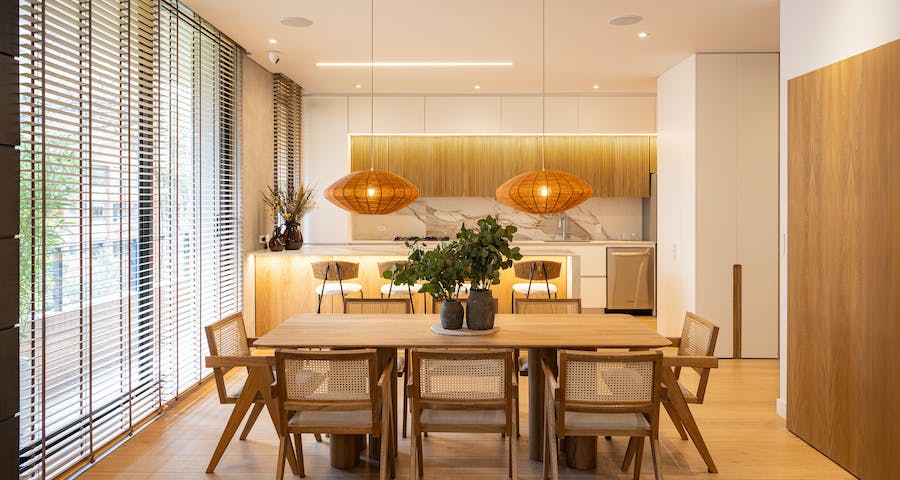
Building a happy home environment is an essential aspect of leading a fulfilling life. However, achieving a happy home is not as easy as purchasing a house or having a family. It takes mental and emotional work, including recognizing which emotions we must embrace and which we must let go of to create a healthier and happier household. In this blog, we will discuss rejection and acceptance, why it is crucial for a happier home and how to implement it.
Rejection often leads to negative emotions such as anger, resentment, or depression, leading to conflicts between family members. And when conflicts are left unresolved, things snowball into more significant problems. This is why acceptance is critical to maintaining a peaceful home environment. Accepting things means acknowledging that the present circumstances are not ideal, but we must work with them to foster a better environment. By accepting the situation, we can focus on improving the situation through peaceful dialogue and discussions, reducing the need for confrontations.
As humans, we have different personalities, likes and dislikes. And when it comes to living with other people, there will always be differences in opinion that can create tension. However, resolving conflicts proactively with empathy and understanding can go a long way in maintaining a happy home environment. It means having an open mind to different viewpoints, respecting other people’s boundaries, and finding common ground. It is important to let go of the idea that things can be perfect and instead embrace the idea that differences are what make us unique.
Another significant factor to consider is what kind of thoughts you allow into your home. We all have internal narratives we create about ourselves, others, and the world around us. Negative and toxic thoughts do not go away by themselves and can go from affecting one individual to an entire family unit. Fostering healthy thought patterns requires putting in the effort to filter out negative thoughts actively. Practice positive self-talk, appreciate others, and focus on the beauty in the world around you. You can create an atmosphere of acceptance and happiness in your home.
We also need to recognize what we can appropriately let go of. Negative feelings may stem from unresolved situations where we hold onto resentment and anger. Still, these feelings do nothing but take up space, create tension, and build walls. Realizing that some situations are out of our control and letting go of them can be liberating. This does not mean we must forget issues as they arise. It means we must actively work to address them, find a resolution, and move on.
Lastly, finding ways to nurture your mind, body, and soul is crucial to promoting a happy home environment. Make time for self-care to better understand your body, what you need, and what brings you joy. Create a space with positive energy, and indulge in healthy activities that can uplift you. Moreover, spending quality time with loved ones, listening to music, eating healthy meals, and exercising promotes positive thoughts and cultivates good memories that translate into a happier home.
Conclusion:
Creating and fostering a happy home environment requires effort, acceptance, and the courage to let go of what is not essential. It means identifying what we must actively work with, letting go of past hurts, and fostering healthy thought patterns. It means actively working to resolve conflicts, creating a space where everyone feels safe, and taking care of yourself and others’ well-being. By practicing these principles, you can build a happier home, creating a foundation for a more content and satisfying life.
